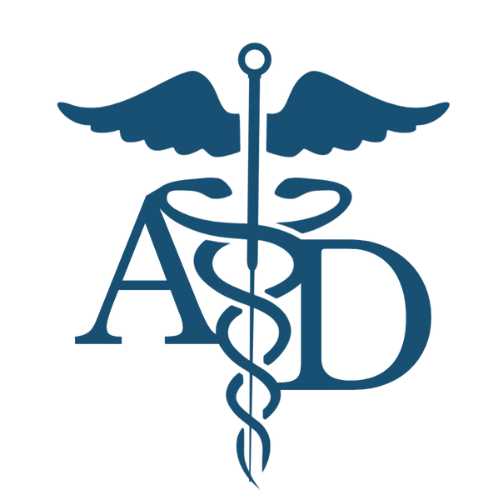Why you’re not seeing results at the gym
Have you ever wondered why your performance is not improving afters weeks, months or years of training at the gym? Most people see initial growth when they first start resistance training but the gains tend to dissipate when your body gets used to the training stimulus. There are many other possible reasons for not seeing results but the three mentioned above are likely to be experienced by the majority of people. Research shows that improving upon these three factors increases your chance of reaching your fitness goals.
Train for your goals
The first step prior to starting a training program is to determine your fitness and health goals. Make sure that the goal is specific and realistic. There’s nothing wrong with starting small as long as you are able to keep going to reach bigger goals.
Most people at the gym either train for strength, mass/body composition or power. But often we see people doing a power lifting program when their actual goal is to build muscle. Although these three concepts seem alike they are not. Therefore each one calls for a specific training regimen. (We will cover the difference between the three in detail in future posts.)
If you’re lifting above 75% of your 1 rep max, can only lift 6-8 reps while needing to rest more than 5 minutes in between sets then you’re not training for hypertrophy/muscle building. Any form of weight bearing exercise stimulates muscle growth. However, if your training regimen is not targeted towards hypertrophy, your progress will be slower compared to if you trained for your hypertrophy. Optimizing your training program to reach your goals is key to get results quicker and safer.
The first step is to know your goal. Then design your training program to optimize your desired results. This will save you time and effort in the long-run.
2. Fuel your workouts
Choosing the right type and right amount of food to fuel your workouts is important. The first step is to ensure that you are meeting your daily calorie and protein needs. Protein is especially important to maximize the results of strength training and for those whose goal is to build muscle mass and strength.
Consistent protein in your diet will also help you retain muscle mass if you are in a reducing phase. Don’t skimp on your calories if your goal is to build muscle because it requires energy to create muscle. A common mistake I’ve seen in people who want to build muscle is that they aren’t eating above their maintenance calories to support muscle growth.
Most people focus on macros when they change their diet when they start a training program. Although planning out your macros (macronutrients: carbohydrates, protein and fats) have a place in your diet, it shouldn’t be the main focus especially if you don’t have the basics right.
A sound diet plan consisting of a variety of fruits and vegetables, grains and protein foods supports performance, overall health and may reduce the risk of injury. Think of this as the foundation that supports your training regimen. If your foundation is not strong, the structures above it are likely to fall apart. As the saying goes “you can’t outrun a bad diet”.
Once you have a sound diet plan in place, you may start to focus on things like macros, nutrient timing, and foods that aid performance or those that boosts recovery. Knowing what to eat before, during and after a workout and when is the best take to consume certain nutrients can maximize your training results.
3. Give your muscles enough recovery time
In general, giving a muscle group 48 hours or more in between training is recommended to reduce the likelihood of injury and to maintain performance.
Most importantly, planning out your training regimen for the week and tracking your workouts is instrumental in minimizing the occurrence of overtraining. This can ensure that recovery days are taken into consideration in your training program. In general, training for more than 5 days straight without adequate recovery time can result in overtraining, but this may depend on the intensity and volume that you are training. Symptoms of overtraining may include fatigue, insomnia, decline in performance and irritability [1].




